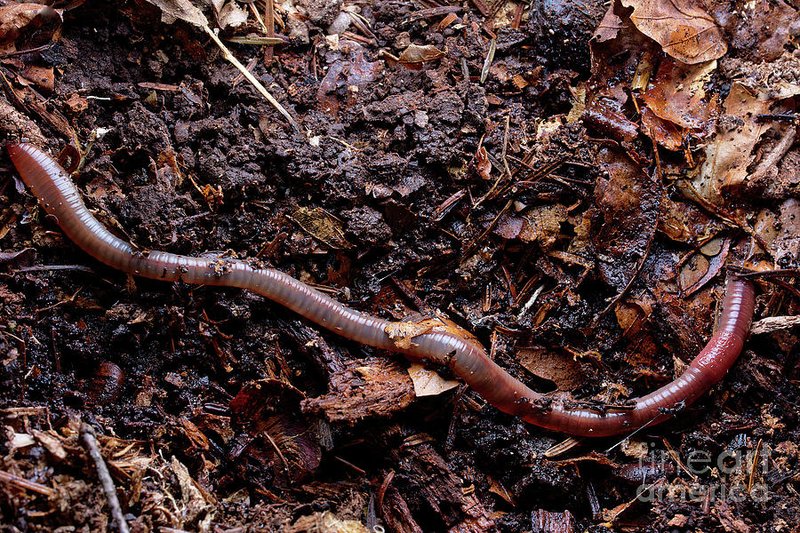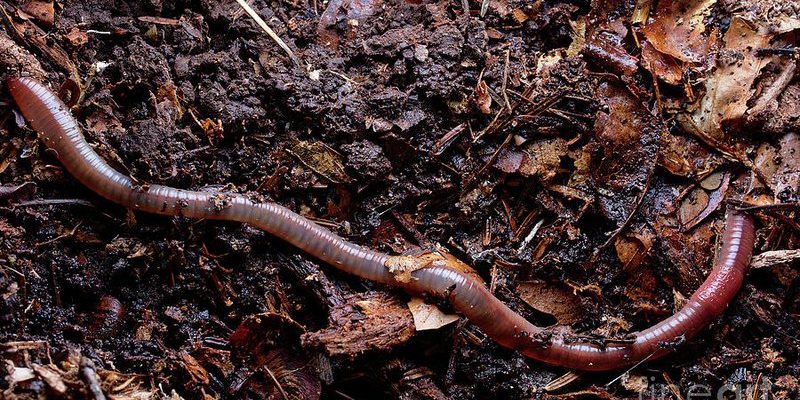
Wetlands and riparian zones provide unique habitats that support diverse plant and animal life. Earthworms, often overlooked, are essential players in these ecosystems. They not only help improve soil structure but also assist in nutrient cycling, making these areas thrive. Let’s dive deeper into how earthworms function within these critical ecosystems, their benefits, and the factors that impact their presence.
What Are Wetlands and Riparian Zones?
Let’s start with a basic understanding of wetlands and riparian zones. Wetlands are areas saturated with water, either permanently or seasonally, creating a unique environment rich in biodiversity. They can be swamps, marshes, or bogs and play a significant role in filtering water, absorbing floodwaters, and providing habitat for wildlife.
Riparian zones, on the other hand, are the transitional areas between land and water—think of the lush green borders along a riverbank or the edges of a pond. These zones are critical for maintaining water quality, preventing erosion, and supporting a vast range of plant and animal species. Imagine them as nature’s buffer zones, protecting water bodies and providing habitats for diverse organisms.
Earthworms thrive in both of these areas, and they do so much more than just dig tunnels. Their burrowing helps aerate the soil and improve drainage, which is vital in wetlands where water saturation can be a significant challenge.
The Role of Earthworms in Ecosystems
You might be wondering, “What exactly do earthworms do that’s so important?” Well, they’re not just digging around aimlessly. Earthworms are essential for **soil health**. They break down organic material, turning dead plants and animal matter into nutrient-rich humus. This process is like nature’s recycling program, ensuring that nutrients are reused in the ecosystem.
Additionally, earthworms enhance soil structure by creating burrows. These tunnels allow water to infiltrate the ground more easily, reducing runoff and helping to maintain moisture in the soil. In wetland areas, this improved drainage can prevent waterlogging, which is crucial for plant health.
Plus, earthworms can affect the **microbial community** in the soil. As they consume organic materials, they release nutrients in forms that plants can easily absorb. This benefits not only the plants but also the animals that depend on these plants for food and shelter.
Types of Earthworms Found in Wetlands and Riparian Zones
When we talk about earthworms, we’re not alluding to just one type. Various species flourish in wetlands and riparian areas. The most common include the *Lumbricus terrestris*, often called the common earthworm, and the *Aporrectodea caliginosa*, or the grey earthworm. Each type has adapted to handle the moist and nutrient-rich environments of wetlands.
Common Earthworms like *Lumbricus terrestris* are often found in rich garden soils and are known for their ability to burrow deep into the ground. They are crucial for soil aeration and nutrient cycling, making them a favorite among gardeners.
Grey Earthworms are typically found in more compacted, clay-rich soils, which can be common in riparian zones. They play a vital role in breaking down nutrients in these specific soils, ensuring that the surrounding plant life gets the necessary sustenance to grow.
Let’s not forget about other species either; they all contribute differently based on their preferences for soil type and moisture levels.
Benefits of Earthworms in Wetland Ecosystems
Earthworms bring a treasure trove of benefits to wetlands and riparian zones. One of the most important is **nutrient cycling**. By breaking down decomposing matter, earthworms make nutrients like nitrogen and phosphorus available to plants. This process is crucial in these ecosystems, as many wetland plants depend on abundant nutrients to flourish.
Another significant benefit is **erosion control**. The burrows created by earthworms help stabilize soil, preventing it from being washed away during heavy rains—a common scenario in wetlands. Without these little helpers, we could see increased erosion, leading to the loss of valuable habitats.
Let’s also talk about water filtration. Wetland areas act as natural filters for water, and earthworm activity greatly enhances this process. Their tunnels allow water to percolate through the soil more efficiently, helping to clean it as it flows through. This filtration is essential in maintaining the quality of water in rivers and streams adjacent to these ecosystems.
Threats to Earthworm Populations
Despite their importance, earthworm populations in wetlands and riparian zones face several threats. One of the main challenges is **habitat destruction**. Urban development and agriculture can lead to the draining of wetlands, making it difficult for earthworm populations to survive. When wetlands are removed, so too are the crucial environments that support these tiny creatures.
Another issue is **pollution**. Pesticides, heavy metals, and other harmful substances can accumulate in wetlands, adversely affecting earthworm health. When their habitats become contaminated, earthworms can struggle to thrive, impacting the entire ecosystem.
Lastly, climate change presents a growing concern. Shifts in weather patterns can lead to altered moisture levels in wetlands, which might be too dry for some species of earthworms. This fluctuation can shift the balance of the ecosystems they support and could be a recipe for trouble.
How to Support Earthworm Populations in Wetlands and Riparian Areas
Supporting earthworm populations is not just about being kind to these little guys; it’s about preserving entire ecosystems. Here are a few simple ways you can help:
- Protect Wetlands: Advocate for local wetland conservation efforts. Supporting initiatives to preserve these natural areas can go a long way in safeguarding earthworm habitats.
- Avoid Chemical Fertilizers: If you’re gardening or landscaping near wetlands, use organic methods instead of chemical fertilizers and pesticides. These can harm earthworms and disrupt their natural habitats.
- Encourage Biodiversity: Plant a variety of native plants in riparian zones. Diverse plant life supports diverse soil organisms, including earthworms.
- Educate Others: Talk about the importance of earthworms and their role in ecosystems with friends and family. Building awareness can inspire action to protect these vital creatures.
The Future of Earthworms in Wetlands and Riparian Zones
The future of earthworms in wetlands and riparian zones largely depends on our actions today. As stewards of the planet, understanding the critical role they play can inspire us to advocate for their protection. By embracing practices that support healthy ecosystems, we can ensure that earthworms continue to thrive in these unique habitats.
Honestly, when you think about it, it’s pretty cool how such small creatures can create such a big impact on their environments. Earthworms are like the unsung heroes of wetlands and riparian zones, quietly going about their work while helping to sustain entire ecosystems. Let’s not forget to give them a little credit!
In conclusion, earthworms are far more than just garden friends; they are essential components of wetland and riparian ecosystems. By taking steps to protect them, we not only benefit the earthworms but also the rich biodiversity they support and the ecosystems they help flourish. So next time you spot an earthworm, remember that it’s doing its part to keep our natural world in balance.

